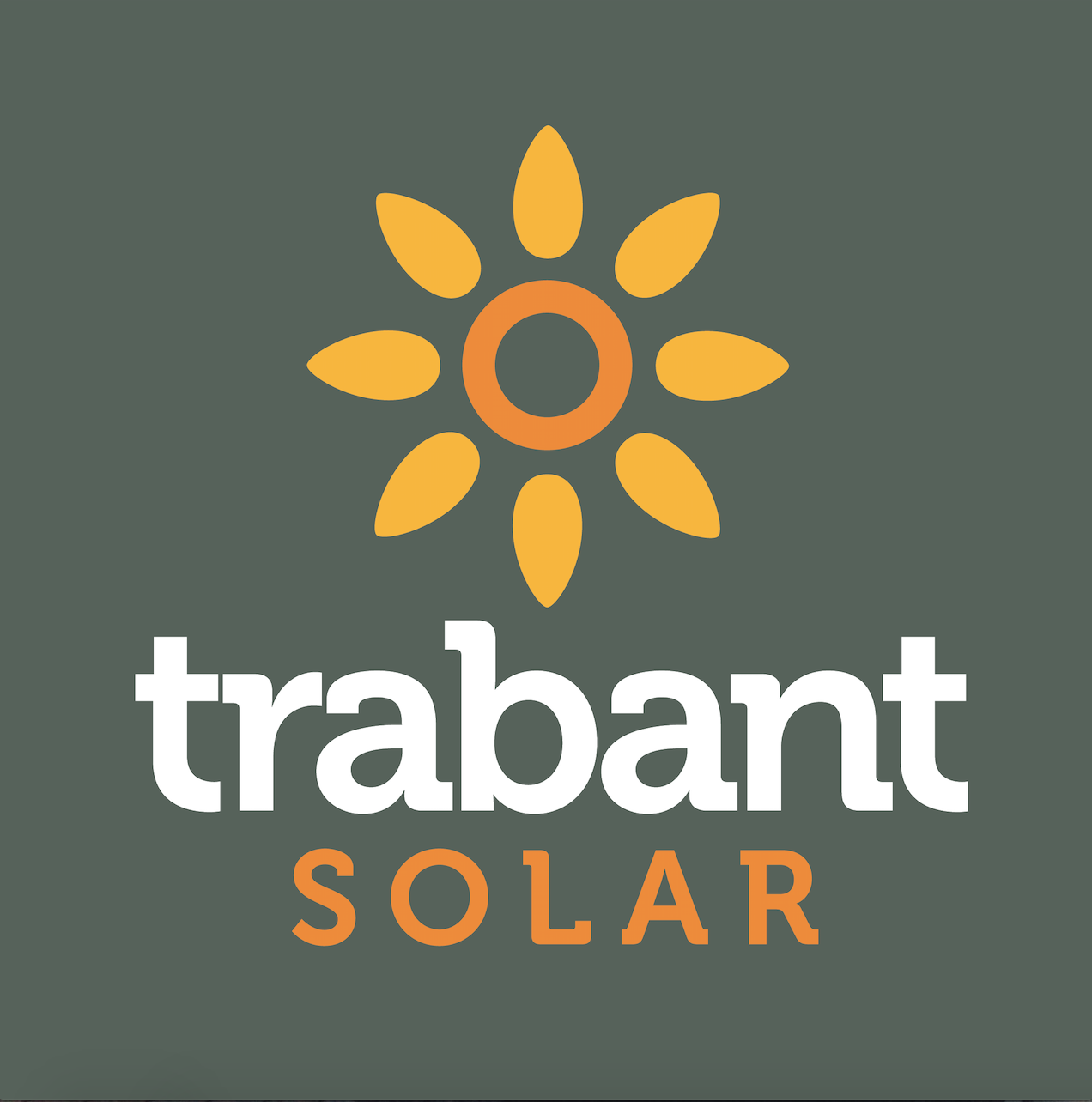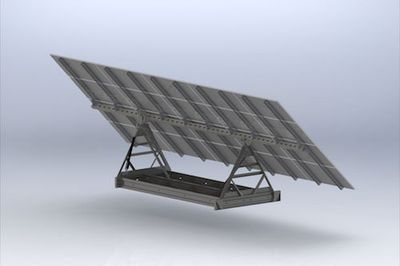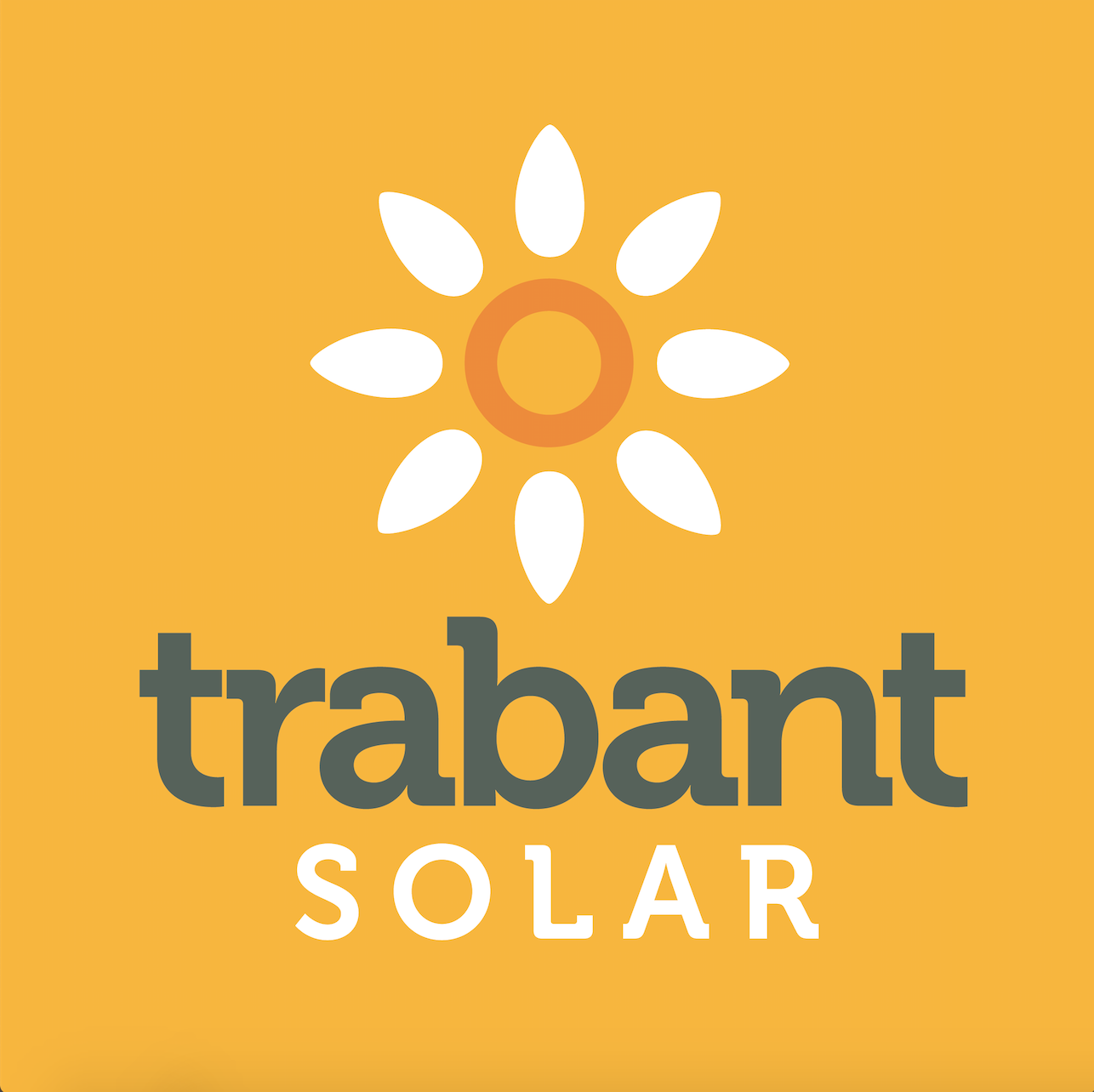keep it off the roof.
Solar modules capture the sunlight and convert it into electricity. As a result, solar modules can get very hot during the summer month; resulting in a significant fire risk. The built up of heat can lead to fires that quickly engulf the entire roof. Additionally, improper installations can result in electrical fires from faulty wires. It is often impossible to extinguish a fire caused by solar panels, because of the electricity that is present.
Your roof is an important asset, because it protects your equipment from rain and moisture. To ensure the proper functioning of a roof-mounted solar installation, maintenance crews will be required to periodically climb on your roof to inspect and clean the solar modules.
Instead, built your solar project on available land adjacent or near your factory, warehouse or farm to achieve the best balance of safety and green electricity. Fires are no longer a concern, because the installation significantly better ventilated and at a safe distance from your building. Contact us
today to learn more about the advantages of ground mounted solar projects.
Choosing the right foundation for your project:
Ballast Foundation
Trabant Solar's non-invasive Ballast Foundation option allows the solar project to be build without having to undergo extensive geo-technical analysis and grading. Instead, the Ballast Foundation is placed on the ground in the desired location in the field; after which the tracker is assembled and the Ballast Foundation is covered with fill material of gravel, sand or an equivalent.
The use of the Ballast Foundation will result in a faster and easier installation process. It also decreases the environmental impact of a solar project by not destroying the top soil through grading.
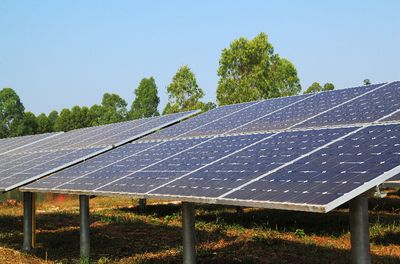
Ramming Posts
The classic choice that has proven to be a reliable and steady choice for the last few years. This foundation option is available for all of the tracker models and the fixed ground-mount models.
Protect the value of your land:
Land is a valuable asset, especially if it is located adjacent to a factory or warehouse. It is important to evaluate the kind of foundation that should be used on such land to ensure that it can be a part in a future expansion or returned to agricultural use after the decommissioning of the solar project. Competitor's single-axis trackers exclusively use ramming posts foundations, which will result in thousands of steel posts being driven 6 to 12 feet into the ground. It is nearly impossible from a technical and economical standpoint to remove these ramming posts after the useful life of the solar project. Instead, the Ballast Foundation should be used to allow for an inexpensive and simple decommissioning process to take place after the useful life of the solar project.
Choosing the right solar racking solution for your project:
horizontal tracker
A tracker can be a powerful tool for a solar project by significantly increasing the energy produced without having to increase the project's size. Trabant Solar's trackers can produce up to 35% more energy over fixed ground-mount racking solutions.
fixed ground-mount
A fixed ground-mount racking system has been the industry standard for the last decade. Its' simple installation and nearly non-existent O&M requirements make it a favorite for most project developers.
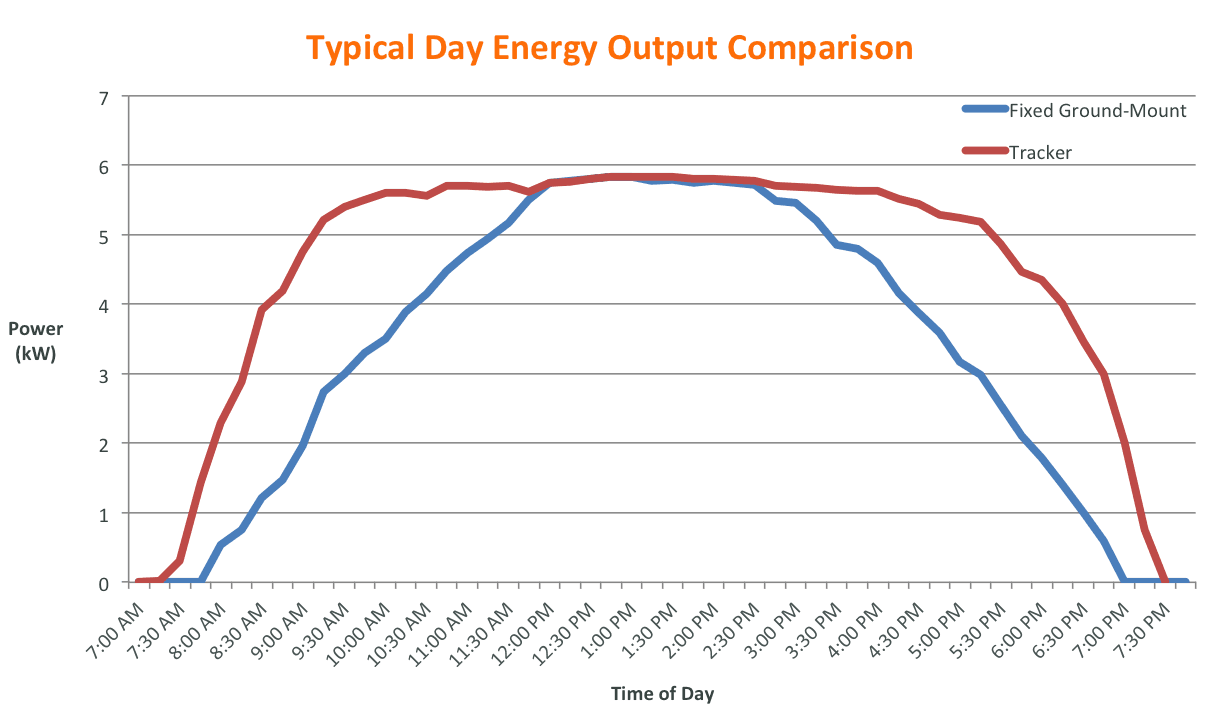
*The graph above is a comparison between the tracker and fixed ground-mount racking using 275W 72 cell modules (multicrystalline) with a nameplate rating of 6.6kW (DC) for the tracker and fixed ground-mount racking. The graph is only for illustration purposes. Actual performance will vary.
How to choose the right solar racking solution:
There are several advantages and disadvantages for both the tracker and the fixed ground-mount models. Typically, the questions of which racking solution is better cannot be answered without analyzing the cost, PPA price, and solar radiation of a specific solar project. The return on investment and levelized cost of electricity (LCOE) for a solar project does not unilaterally depend on the cost of the solar project, but rather on the combination of the three aforementioned factors. We have the ability and expertise to assist project developers on these factors to help them arrive at the lowest levelized cost of electricity (LCOE) for a specific project in regards to the racking choice.
